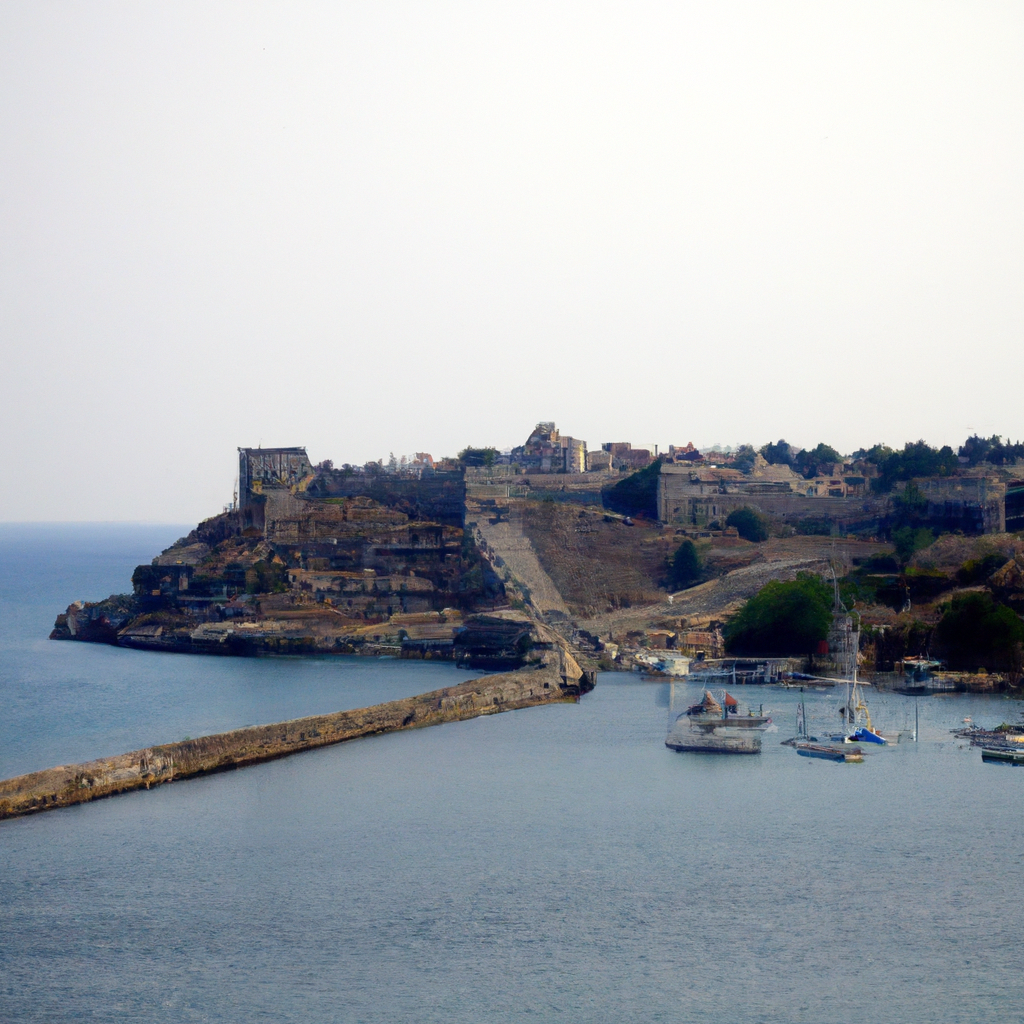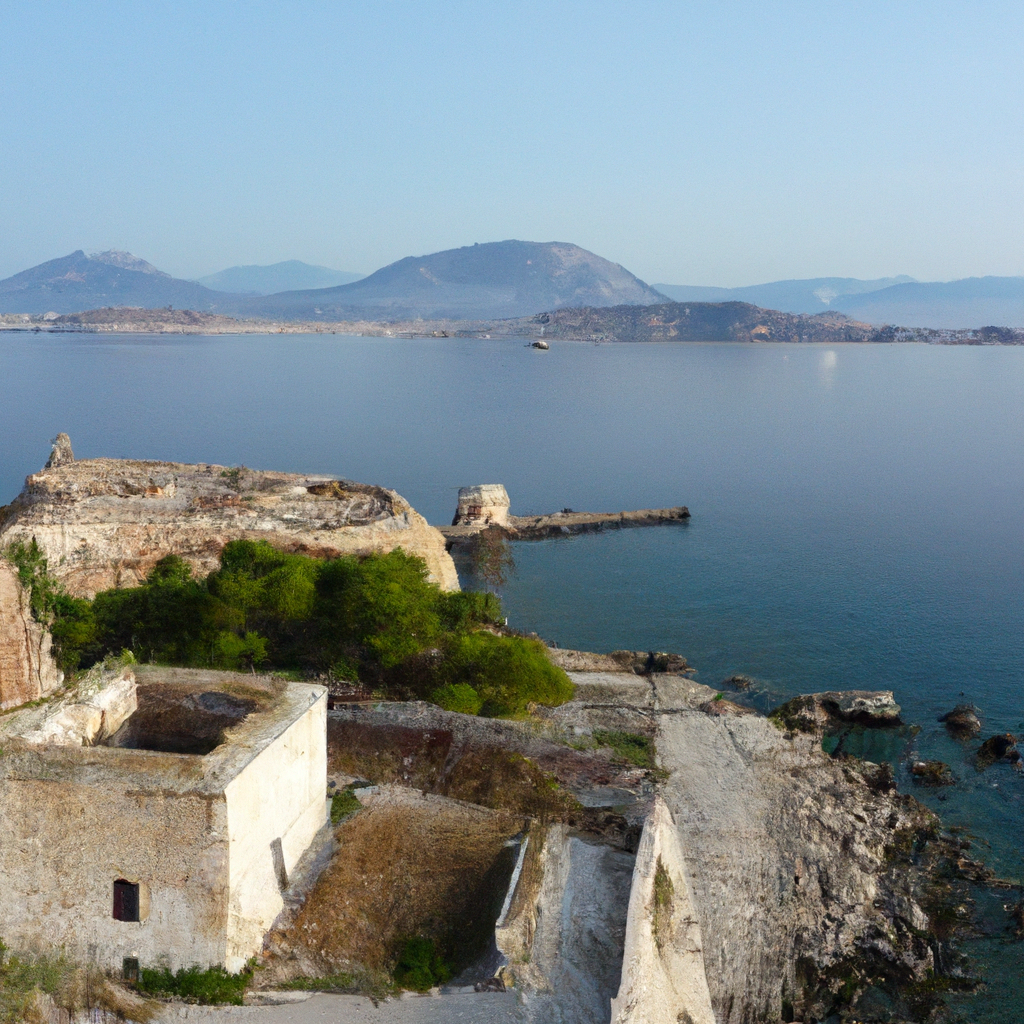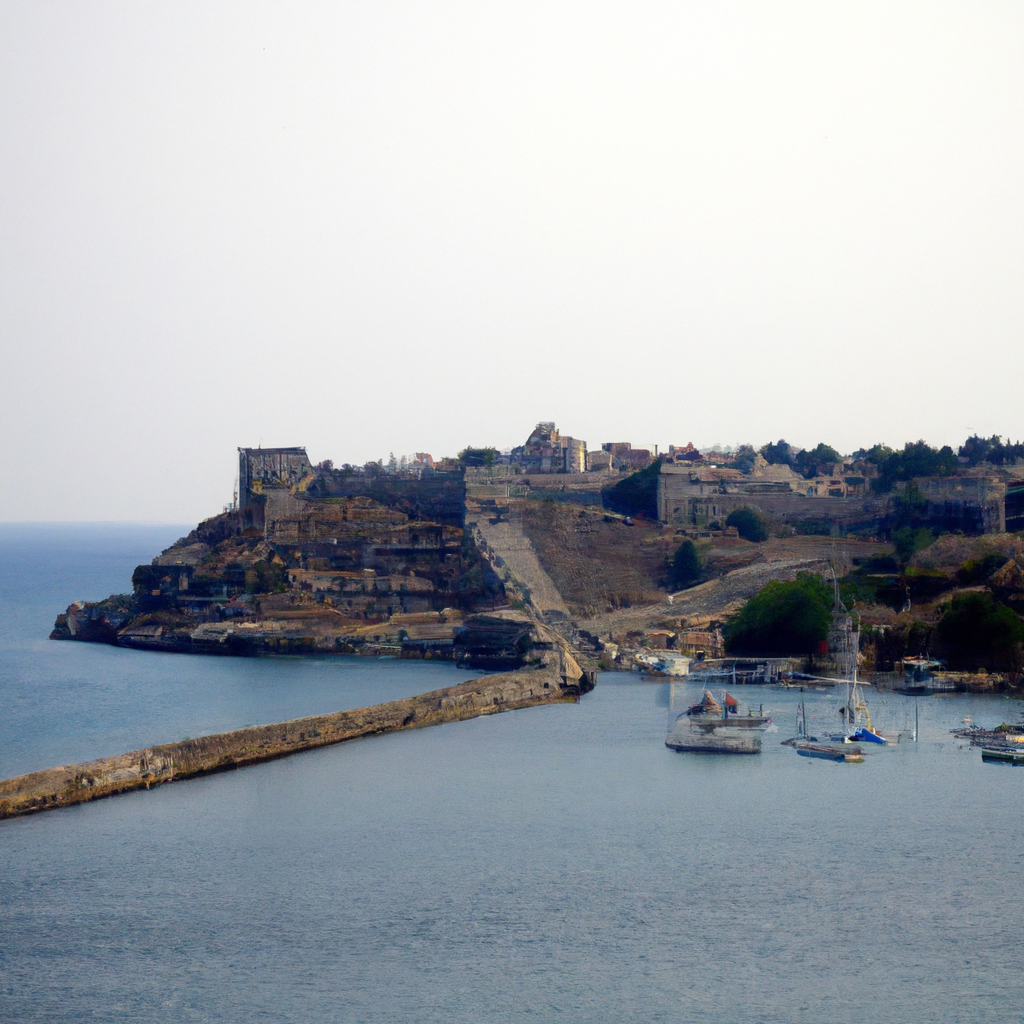Imagine yourself transported to the serene shores of the Greek islands, where the sun kisses the turquoise waters and the warm breeze caresses your skin. As you explore the picturesque landscapes, you can’t help but be captivated by the towering structures that dot the horizon – the Venetian fortresses. These magnificent fortifications, steeped in history and mystery, hold tales of ancient battles and resilient island communities. Join us on a journey as we unveil the fascinating stories behind these extraordinary fortresses that have withstood the test of time.
The Venetian influence on the Greek islands
The Venetian influence on the Greek islands is deeply rooted in history and has left a permanent mark on their culture and architecture. From the 13th to the 17th centuries, the Venetians maintained a strong presence in the Aegean Sea, establishing their rule over various islands. During this time, they constructed an impressive network of fortresses that served as symbols of their power and strategic military outposts.
Construction of the Venetian fortresses
The construction of the Venetian fortresses in the Greek islands was no small feat. Skilled architects and engineers were brought in from Venice to design and oversee the building of these formidable structures. Local laborers and craftsmen also played a crucial role in the construction process. Massive stones were quarried from nearby areas, and a complex system of pulleys and sledges was used to transport them to the building site.
Strategic importance of the fortresses for the Venetians
The Venetian fortresses held immense strategic importance for the Venetians. Positioned in key locations, they acted as strongholds against potential invaders and pirates. The fortresses served as both defensive and offensive assets, allowing the Venetians to control and protect important trade routes in the Aegean Sea. These fortifications were a testament to the Republic of Venice’s determination to maintain its dominion over the Greek islands.

Evolution of the fortresses over time
Over time, the Venetian fortresses underwent certain modifications and additions, reflecting the changing needs and military technologies of the era. As cannons gained prominence in warfare, the fortresses were equipped with improved artillery positions. Bastions and thick stone walls were constructed to withstand bombardment, while additional defensive structures, such as moats and drawbridges, were added. The fortresses became increasingly impenetrable as the Venetians fortified and adapted their defenses.
The architectural features of the fortresses
The architectural features of the Venetian fortresses are awe-inspiring, showcasing a unique blend of Venetian and local Greek styles. The buildings are characterized by their sturdy stone walls, imposing gateways, and strategically placed towers. The use of local materials, such as marble and limestone, adds to the fortresses’ grandeur. Inside, you can find magnificent courtyards, intricate staircases, and communal spaces that were once bustling with the activity of soldiers and residents.
The role of the fortresses in defending against Ottoman attacks
The fortresses played a crucial role in defending the Greek islands against the Ottoman Empire, which sought to expand its influence in the region. The Ottomans launched several attacks on the fortresses, recognizing their strategic significance. However, the Venetian fortresses stood strong and often proved to be formidable obstacles for the Ottoman forces. The Greek islands’ fortifications became symbols of resistance and showcases of Venetian military engineering.

Prominent Venetian fortresses in the Greek islands
The Greek islands are home to several notable Venetian fortresses that have captivated visitors with their rich history and architectural splendor. Some of the most prominent fortresses include Chlemoutsi Castle in Peloponnese, Fortezza Castle in Rethymno, Palamidi Fortress in Nafplio, and Heraklion Fortress in Crete. Each of these fortresses has its own unique story to tell and is a testament to the Venetian legacy in the region.
Chlemoutsi Castle in Peloponnese
Located in Peloponnese, Chlemoutsi Castle stands proudly as one of the finest examples of Venetian military architecture. Built in the 13th century, this fortress overlooks the fertile plains of Elis and the Ionian Sea. Its strategic position allowed the Venetians to control the trade routes from the western Mediterranean to the Black Sea. The castle’s well-preserved walls and towers provide a glimpse into the might and sophistication of the Venetian military.
Fortezza Castle in Rethymno
Rising above the town of Rethymno in Crete, Fortezza Castle stands as a testament to the Venetians’ determination to defend their territories. Built in the late 16th century, this fortress was designed to withstand sieges and served as a symbol of Venetian power. Today, visitors can explore its sprawling courtyards, climb its towers, and enjoy panoramic views of the town and the sea. Fortezza Castle is a true marvel of Venetian military architecture.
Palamidi Fortress in Nafplio
Palamidi Fortress, perched atop a hill in Nafplio, is an architectural masterpiece that commands attention. Constructed in the 18th century, this fortress was built to protect the city against potential invasions. Its impressive fortifications, labyrinthine passageways, and stunning views make it one of the most popular attractions in the area. Palamidi Fortress serves as a lasting reminder of the Venetian presence in the Greek islands and the importance they placed on defending their territories.
Heraklion Fortress in Crete
Heraklion Fortress, also known as Koules Fortress, stands as a guardian of the city of Heraklion in Crete. Constructed in the early 16th century, this imposing structure protected the city’s harbor and served as a control point for maritime trade. Its massive walls and strategically placed towers were a formidable sight for any potential attackers. Today, visitors can explore its halls, climb its ramparts, and immerse themselves in the rich history of the fortress.
The influence of Venetian fortresses on Greek island culture
The Venetian fortresses have had a profound influence on Greek island culture. They have shaped the architectural styles, urban planning, and even the way of life in these island communities. The fortresses served as symbols of power and security, instilling a sense of pride and identity among the locals. The presence of the Venetians also brought about cultural exchange, as the locals adapted certain aspects of Venetian culture into their own traditions.
The preservation and restoration of the fortresses
Preserving and restoring the Venetian fortresses is of utmost importance to ensure their longevity and cultural significance. Various organizations and governmental bodies are dedicated to the conservation and maintenance of these historical landmarks. Extensive restoration works have been carried out to preserve the fortresses’ original features and to make them safe and accessible to visitors. These efforts ensure that future generations can continue to appreciate and learn from the Venetian legacy in the Greek islands.
Tourism and the Venetian fortresses in the Greek islands
The Venetian fortresses have become major tourist attractions in the Greek islands, drawing visitors from around the world. The allure of their rich history, impressive architecture, and breathtaking views has made them must-visit destinations for history enthusiasts and architecture aficionados. The fortresses are often included in guided tours, allowing visitors to delve into the stories and secrets embedded within their ancient walls. Tourism not only provides economic benefits to the local communities but also helps raise awareness about the importance of preserving these cultural treasures.
The future of the Venetian fortresses in the Greek islands
As custodians of a rich historical legacy, it is imperative that the Venetian fortresses in the Greek islands continue to be protected and celebrated. Ongoing restoration projects, coupled with educational initiatives and increased tourism, contribute to their preservation. By recognizing and appreciating the unique history and architectural brilliance of these fortresses, we can ensure that they stand strong for future generations to admire and cherish. The Venetian fortresses in the Greek islands are not mere remnants of the past; they are living testaments to a bygone era and a reminder of the enduring cultural exchange between Venice and Greece.
